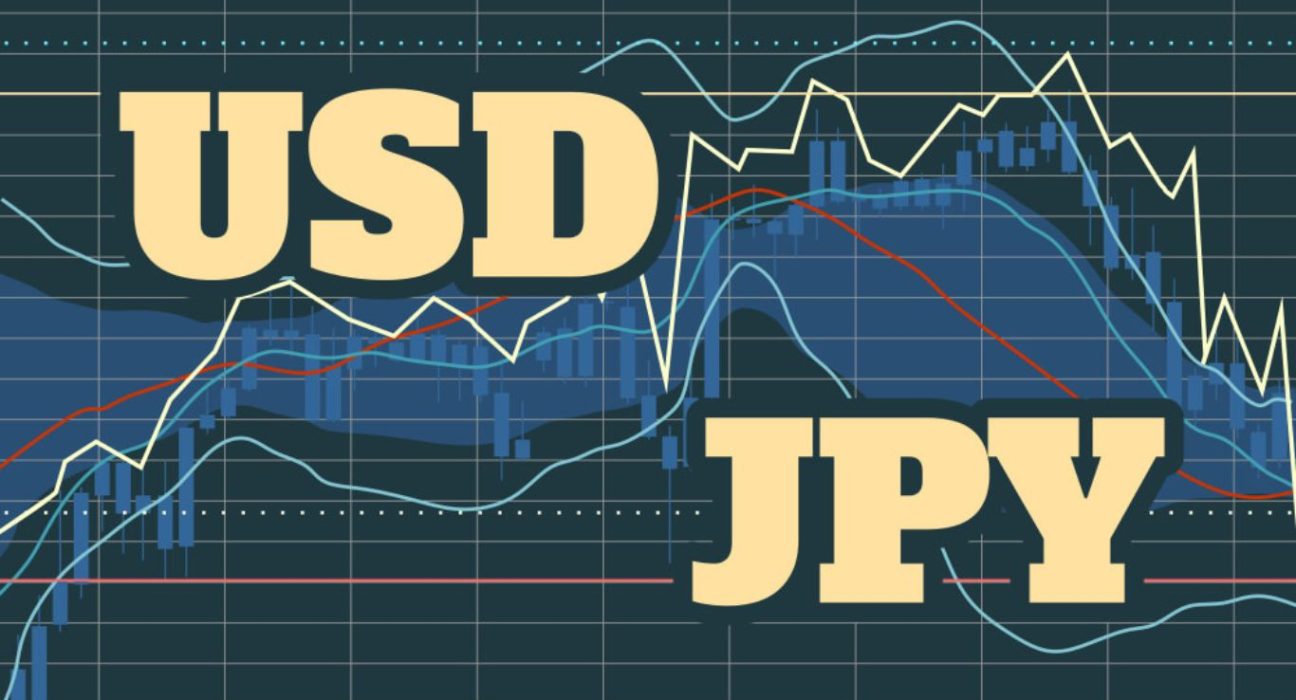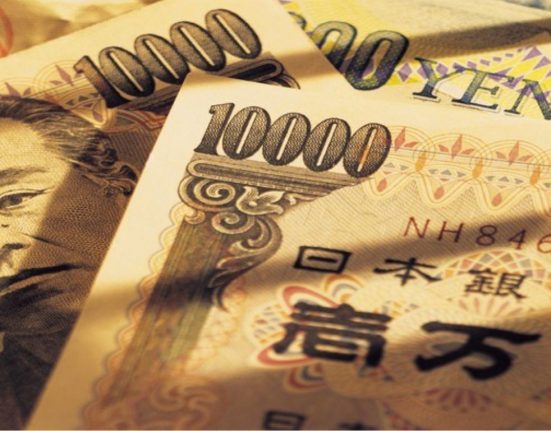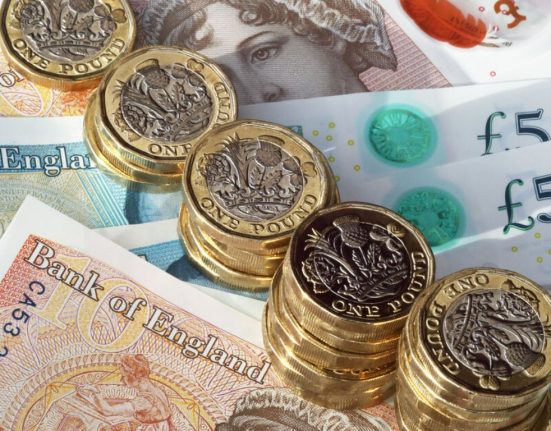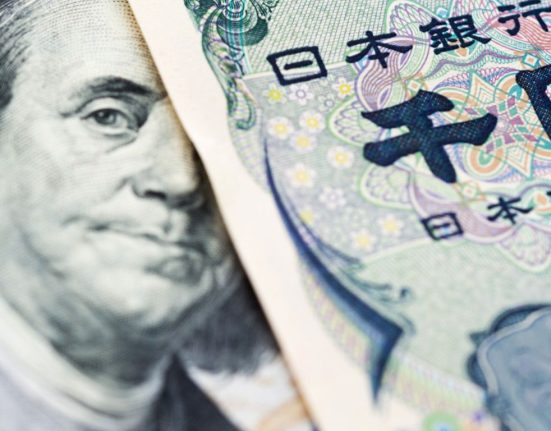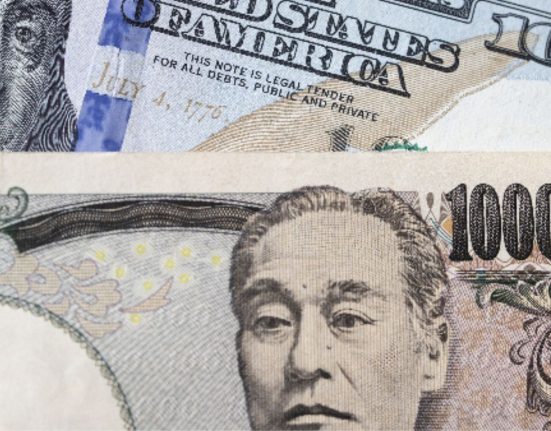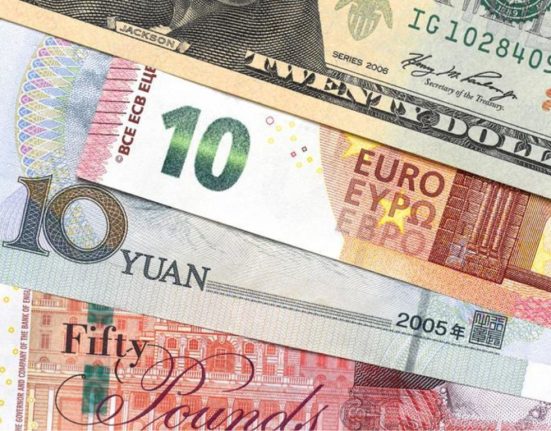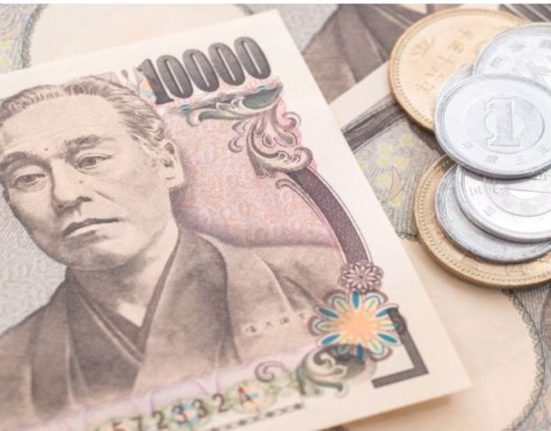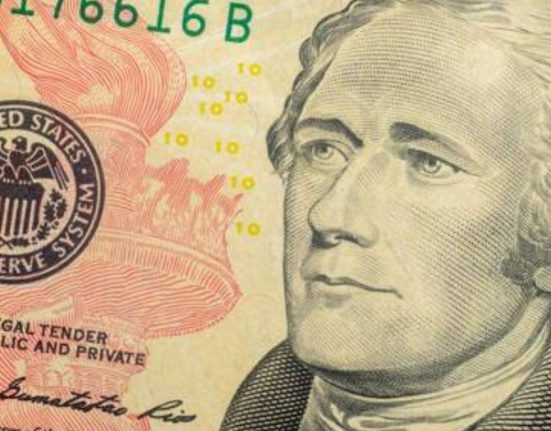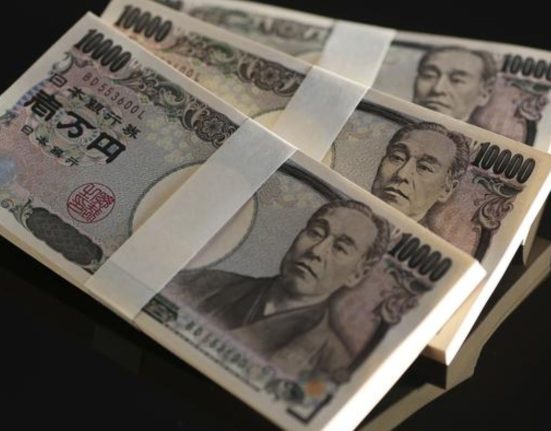The USD/JPY exchange rate has been on a downward trend since early Tuesday, dropping to 135.95 from a high of 136.08 on Monday. This reversal comes after the pair had risen for two consecutive days, breaking above a horizontal resistance level that had capped its gains for two weeks. What are the factors behind this decline and what can we expect for the future of this currency pair?
Horizontal Resistance and Ascending Support Line
One of the technical factors that contributed to the USD/JPY’s fall was the failure to sustain a break above a horizontal resistance level around 136.00. This level had acted as a strong barrier for the pair since late April, preventing it from reaching higher levels. The pair had briefly breached this level on Monday, but failed to close above it, indicating a lack of bullish momentum.
Another technical factor that weighed on the USD/JPY was the break below an ascending support line that had formed since last Thursday. This line had connected the higher lows of the pair, showing an upward trend. However, the pair broke below this line on Tuesday, signaling a bearish reversal and opening the door for further losses.
US Debt Ceiling and Yield Spread
Besides technical factors, there were also fundamental factors that influenced the USD/JPY’s movement. One of them was the uncertainty over the US debt ceiling, which is the legal limit on how much debt the US government can issue. The US Treasury Secretary Janet Yellen warned on Monday that the US could run out of cash to pay its bills by October if Congress does not raise or suspend the debt ceiling soon. This raised fears of a possible default or downgrade of the US credit rating, which would hurt the US dollar and its attractiveness as a reserve currency.
Another fundamental factor that affected the USD/JPY was the narrowing of the yield spread between US and Japanese government bonds. The yield spread is the difference in interest rates between two countries’ bonds, and it reflects their relative economic strength and inflation expectations. A wider yield spread tends to favor the currency of the country with higher interest rates, as it offers more returns for investors. Conversely, a narrower yield spread tends to favor the currency of the country with lower interest rates, as it reduces the opportunity cost of holding it.
The yield spread between US and Japanese 10-year bonds has narrowed from 1.67% on May 1 to 1.57% on May 16, according to Bloomberg data. This means that the US bonds have become less attractive compared to Japanese bonds, reducing the demand for US dollars and increasing the demand for Japanese yen.
BoJ’s Dovish Stance
A third fundamental factor that influenced the USD/JPY was the dovish stance of the Bank of Japan (BoJ), which is the central bank of Japan. The BoJ is known for its ultra-loose monetary policy, which aims to stimulate the Japanese economy and achieve its 2% inflation target. The BoJ has kept its key interest rate at -0.1% since 2016 and has pledged to buy unlimited amounts of government bonds to keep their yields low.
On Tuesday, one of the BoJ’s board members, Sayuri Ueda, reiterated the need for maintaining this accommodative policy stance amid downside risks to the economy and inflation. She said that the BoJ must respond nimbly to any change in economic conditions and that it was premature to discuss an exit strategy from its stimulus measures. She also said that she did not see any signs of excessive risk-taking or asset bubbles in Japan.
These comments reinforced the market’s expectation that the BoJ will keep its policy unchanged for a long time, while other major central banks may start to taper their stimulus or raise their interest rates as their economies recover from the pandemic. This divergence in monetary policy outlooks tends to favor the currencies of countries with tighter policy over those with looser policy.
Outlook for USD/JPY
Looking ahead, there are several factors that could affect the USD/JPY exchange rate in the near term. On Wednesday, Japan will release its first-quarter gross domestic product (GDP) data, which will show how much its economy contracted or expanded in the first three months of 2021. Analysts expect a contraction of 1.2% quarter-on-quarter and 4.6% year-on-year, according to a Bloomberg survey. A worse-than-expected result could weigh on the Japanese yen, while a better-than-expected result could boost it.
